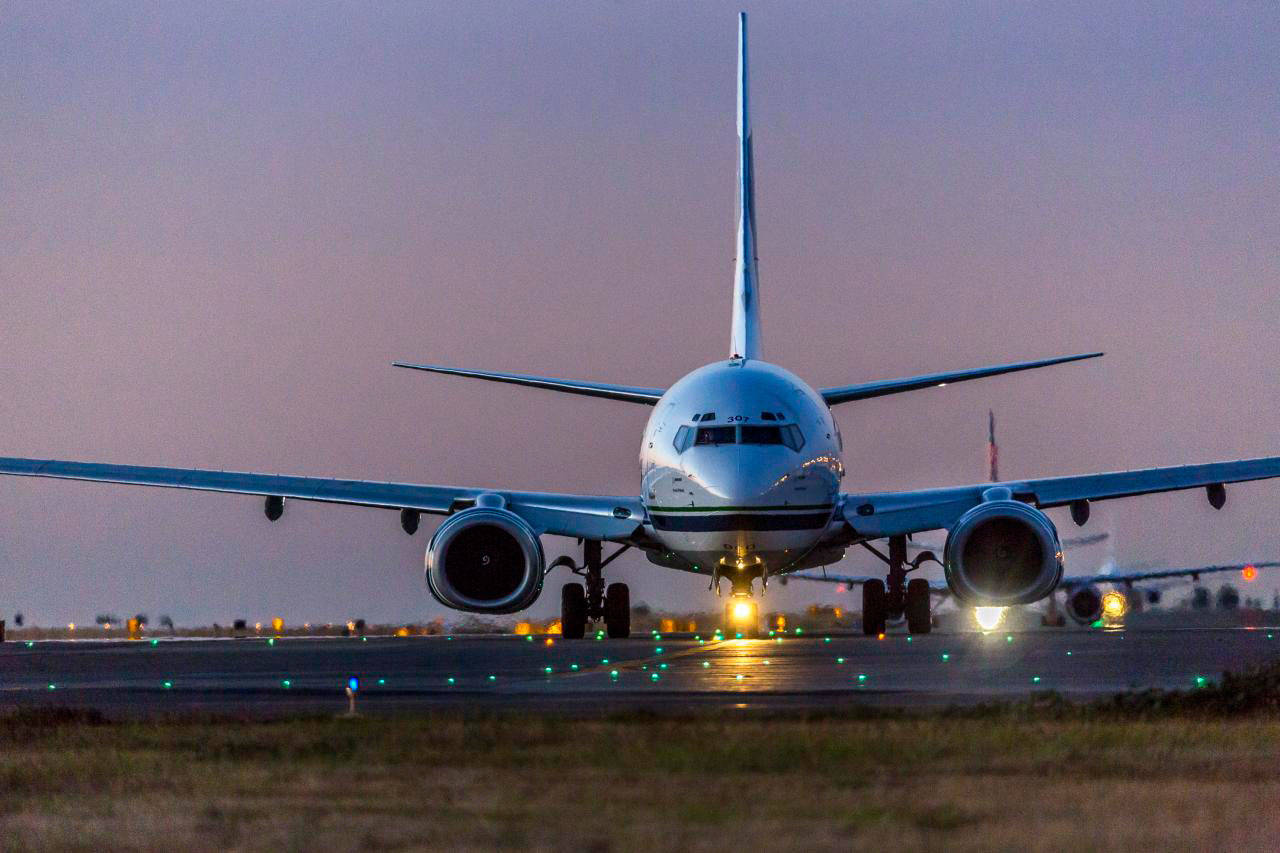A meeting last month for islanders concerned about excessive plane noise on Vashon filled the Land Trust Building.
Vashon Island Fair Skies (VIFS), a group seeking to reverse the local impact of a Federal Aviation Administration program guiding air traffic nationwide, hosted the event. David Goebel, who founded the nonprofit, attributes the large crowd to people being fed up with plane noise disturbing the tranquility of Vashon, the very thing that first attracted them to the island.
The group is pushing for the Port of Seattle to install noise monitors in two locations on Vashon, as is done in the communities neighboring the Seattle-Tacoma International Airport, so the plane noise can be accurately measured.
Planes fly a pathway directly over Vashon that pilots now follow to the letter because of NextGen, or “Next Generation,” a comprehensive upgrade of the technologies and practices used to guide the modern air traffic system — years in the making — created by the FAA. It uses GPS to precisely direct all air traffic arriving at major airports across the country, including arrivals at Sea-Tac. But cities such as Los Angeles have sued the FAA over NextGen to overturn the flight paths it implemented in an effort to reclaim once-quiet skies.
Goebel’s property lies directly underneath the flight path. He said that noise from the increased frequency of planes is especially noticeable at night.
“Because Vashon is so peaceful and quiet, being a rural place, noise is much more disruptive than it would be in the city,” he said.
The port uses the day-night average sound level, or DNL, to measure the noise generated by air traffic — that metric is used to determine whether a home is potentially eligible for its sound insulation program, for which properties in the vicinity of the airport often qualify. Goebel said plane noise falls off quickly when moving away from the airport perpendicular to the runways. However, he maintains that because of NextGen’s focused route over the island, the din rises again and peaks under the NextGen RNAV when flights cross the island overhead, subjecting the residences beneath to the brunt of the noise.
The noise impact is not currently measured on Vashon, he said, because the determination is that there isn’t one.
VIFS wants to capture the sound level from planes at two spots near the north and south ends of the island, where the group says the noise is loudest.
In June, port commissioners voted to designate $750,000 this year to provide resources and support for communities near the airport, listing noise concerns as a priority. Members of VIFS hope some of the funds can be allocated for installing the noise monitors, following up with next steps once the data is considered.
The port may take up the proposal at its meeting on Sept. 10, though the agenda has not been finalized yet.
Chris McCann, a software engineer who lives in California, invented a way to report complaints about plane noise to the nearest local airport authority that collects them. He spoke at the VIFS meeting about repurposing Amazon Dash buttons, so that with only a click of the device, users can file detailed reports with information ranging from aircraft position to altitude, speed and other publicly available data extrapolated from a free-to-use database called the ADS-B Exchange.
“All of the complaint information we submit is generated by actual humans, including their own comments and remarks. We simply save them the time of having to write it all down again and again, and we add detailed information about the offending flight that would be very difficult and time-consuming for them to collect on their own,” McCann wrote in an email.
He added that his program, called Airnoise, prevents duplicate complaints from being filed and typically does not send a complaint if no aircraft was detected.
According to McCann, roughly 4,400 users have free or paid Airnoise accounts, costing $5 a month. There are approximately 1,600 active buttons in use across the country.
“In practice, most airport authorities go to great lengths to try to minimize the perceived impact of the massive rise in noise complaints that air noise tends to bring,” he said. “They should instead be proactive in helping their local citizenry seek redress from the federal government and the FAA. They have a choice to make — be a part of the solution, or find [themselves] getting in the way of citizens trying to seek solutions. I hope they choose wisely.”
Islander Rob Harmon lives near town under the NextGen flight track. Because the area is more densely packed than anywhere else on the island, he said, it makes little sense to concentrate flights there, to the detriment of those who are affected. He is unsure if the port fully has the interests of islanders in mind.
“I think what people on Vashon need to understand is that the FAA has essentially assigned us as the noise dump,” he said. “And if people don’t step up and try to do something about that, that’s [going to get worse]. If the port does not function as an ally for us in this process, then that’s probably going to happen.”
For more information about the Airnoise button, see airnoise.io/.
This version of the article corrects that NextGen technology is only used for arrivals at Seattle-Tacoma International Airport. It also clarifies a comment from David Goebel about air traffic noise.



